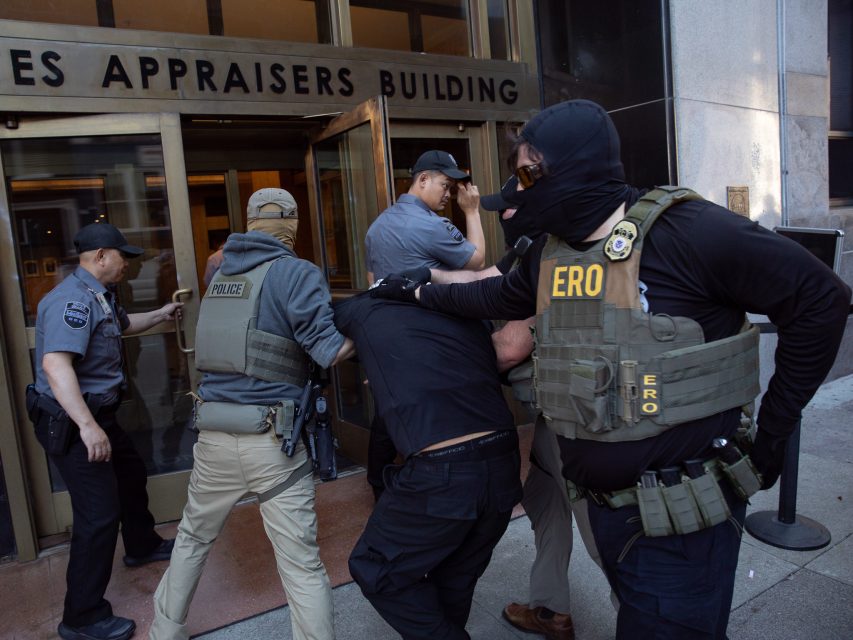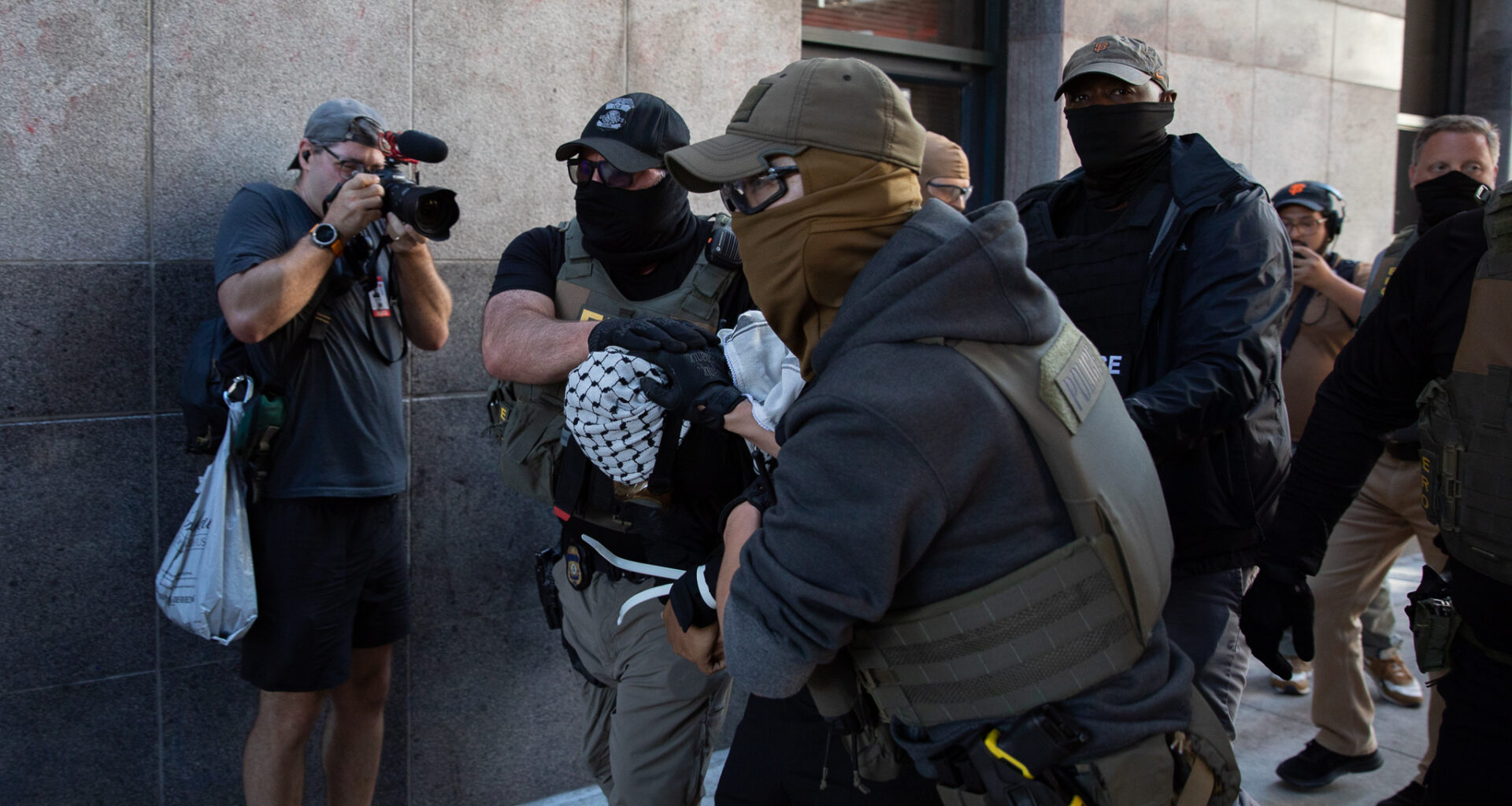Reports of a bevy of Immigration and Customs Enforcement and Customs and Border Protection (CBP) agents heading to the Bay Area as soon as Thursday would be a realization of San Francisco leaders’ most pressing fears.
Numerous city officials told Mission Local the arrival of immigration agents is more serious and potentially destructive than the threatened incursion of armed National Guard troops.
ICE and CBP can deploy more rapidly and via a more streamlined procedure, municipalities have fewer tools with which to push back — and federal law-enforcement can engage in more aggressive and damaging behaviors than National Guardsmen once within cities.
Mayor Daniel Lurie is planning to address the public on the developing news at 2 p.m.
He said on Tuesday that he has set up a task force that includes representatives from the City Attorney’s office to coordinate a response to federal law enforcement.
“We’ve been constantly monitoring the possibility of federal intervention since the day I took office, so that we can be prepared to respond,” Lurie said. “My top priority is keeping San Francisco safe.”
The pending influx of more than 100 agents from ICE, Border Patrols and other federal agencies imminently arriving at Alameda’s Coast Guard base was reported today by the San Francisco Chronicle.
The deployment of National Guard troops is permissible only via circumscribed procedures that can be contested in court. San Francisco and California officials have vowed to legally fight the ordering of any National Guard troops to the city.
ICE and Border Patrol agents do not require complex steps to be deployed in numbers or with great speed. Once on the ground, they have far more leeway to make arrests or detain people.
As such, the preoccupation with the National Guard, experts say, may have been a bit myopic.
 ICE agents in downtown San Francisco on Aug. 20, 2025. Photo by Zenobia Lloyd.
ICE agents in downtown San Francisco on Aug. 20, 2025. Photo by Zenobia Lloyd.
“A lot of our discussion has focused on the National Guard. But it has long been my thought that these ICE deployments are in some ways more problematic and consequential — and much more immediate,” said Chris Mirasola, a law professor at the University of Houston. Mirasola was a former Defense Department attorney under both Presidents Trump and Biden, focusing primarily on military deployments.
“Do I think it’s incredibly consequential that the National Guard and military is broadly deployed in the United States, and is that corrosive in ways that are distinct from law-enforcement deployments? Yes,” Mirasola continued. “But at the same time, the actual harm to communities is coming from ICE and federal law deployments.”
Mirasola’s statements echo those Mission Local heard from a number of city officials. Far from the mere shock-and-awe visuals of armed combat troops on the streets of a major American city, federal law-enforcement agents like those with ICE and Border Protection can make arrests and, per the term “law-enforcement,” enforce the law.
That included an immigration raid earlier this month in which ICE and Border Protection agents rappelled into a Chicago apartment building out of Black Hawk helicopters, set off flash-bang grenades and rounded up largely Black and Latino tenants, holding many in zip-tie cuffs for hours.
While ICE operates throughout the nation, Border Protection operates within a 100-mile zone of a border. Chicago, however, is considered within that zone because the Great Lakes are navigable from Canada by boat. San Francisco, a coastal city, sits on the nation’s western border.
Dozens of those detained were U.S. citizens, including children.
“The degree of leeway ICE has under its statutory authority is much broader than the National Guard out of pretty exceptional circumstances,” Mirasola says. “That reinforces why it is important to be focusing on ICE deployments.”
And there is less that cities can do about such deployments.
“Broadly speaking, the Supremacy Clause permits the federal government to carry out federal law enforcement,” Aaron Reichlin-Melnick, a senior fellow at the American Immigration Council, told Mission Local yesterday. This applies “even in places where local government does not want them.”
Mirasola adds that litigation has successfully targeted ICE operations regarding whether immigration agents are complying with the Fourth Amendment, which prevents unreasonable searches and seizures. But these suits come after agents have been deployed, aggressively interacted with the community and purportedly violated people’s rights, he said.
Local officials emphasized that there are far more municipal and state law-enforcement officers than federal ones, and it’s paramount their duties not be commingled.
“The theory behind sanctuary law is that when you prevent local and state law-enforcement from being co-opted, you severely limit how many people can be harmed by ICE,” said Angela Chan on Tuesday. She is the chief assistant attorney at the San Francisco Public Defender’s office and a specialist in sanctuary law.
“As of October 2025, they do not have enough ICE agents to terrorize every blue city.”
Additional reporting by Abigail Vân Neely and Xueer Lu

